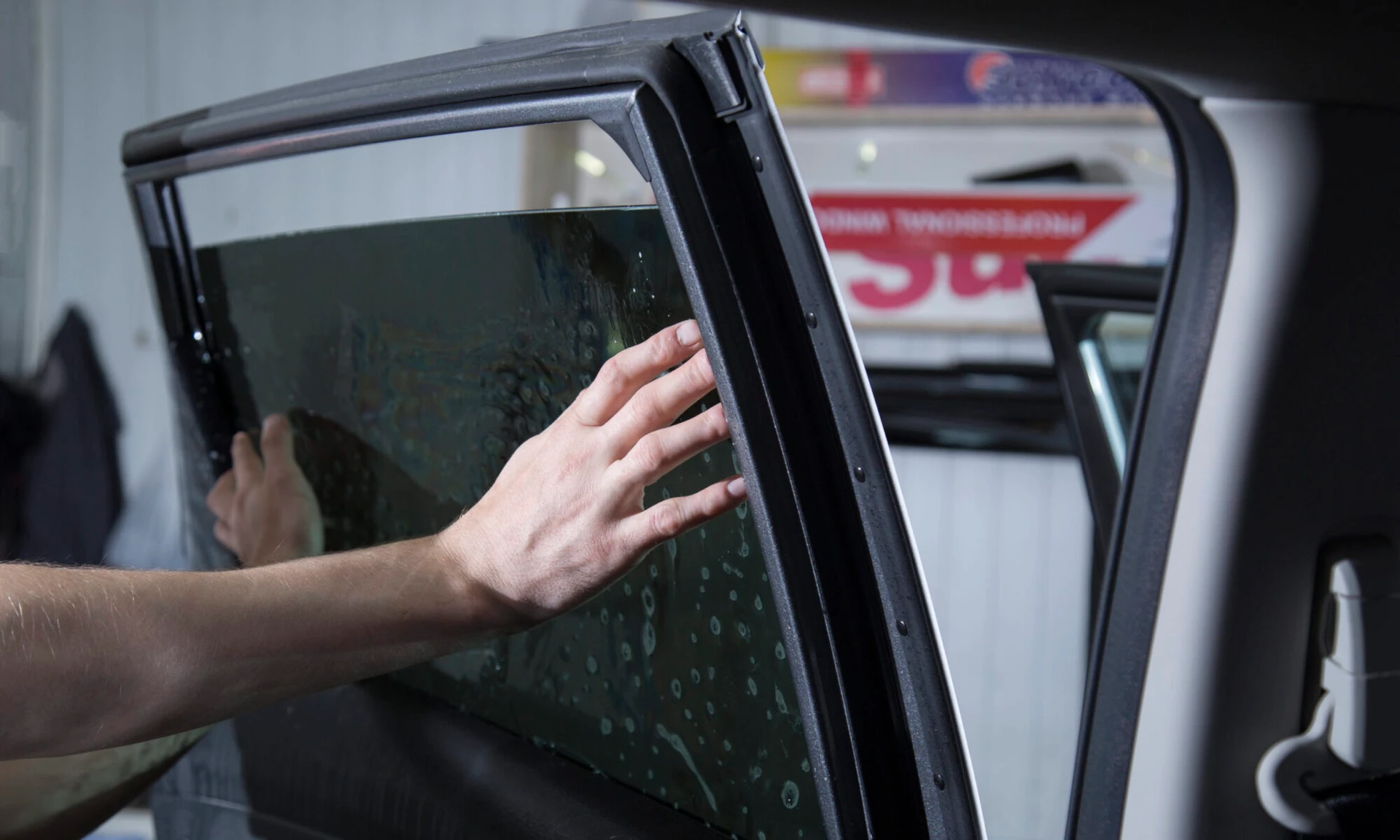Your Comprehensive Guide to Do It Yourself Home Window Tinting: Advice
Carrying out a DIY window tinting task provides a chance to boost both the performance and aesthetics of your space. Prior to embarking on this undertaking, it is vital to navigate the intricacies of local tinting regulations and pick a suitable movie that lines up with your purposes.
Comprehending Window Tinting Regulations
Browsing the elaborate landscape of home window tinting regulations is essential for any kind of DIY fanatic seeking to boost their car's looks and convenience. Each state in the U.S. has certain regulations pertaining to the allowable degrees of color on various home windows, which can significantly affect your decision-making procedure.
Usually, these regulations dictate the optimum allowed Visible Light Transmission (VLT) portion, which describes the amount of light that can travel through the colored home windows. For instance, some states allow just a certain portion of color on the front windshield, while enabling darker tones on back windows. Conformity with these regulations is vital, as failing to adhere can lead to penalties or the need to eliminate the color altogether.
Additionally, there are frequently distinctions in between guest lorries and industrial automobiles, with different guidelines using to each classification. It's recommended to consult your local Department of Motor Autos or equal authority to gather accurate details customized to your location. Understanding these regulations not just makes sure legal compliance yet likewise improves safety by keeping presence and stopping potential risks while driving.
Choosing the Right Color Film
Selecting the appropriate color film is a crucial step in the do it yourself window tinting procedure, as it directly influences both the appearance and capability of your automobile's windows. A number of elements should lead your choice, including the kind of film, its lawful compliance, and your desired end results.
First, take into consideration the different kinds of color films offered: colored, metalized, ceramic, and hybrid. Metalized movies supply improved warmth rejection and longevity but can interfere with digital signals.
Following, ensure that the movie complies with local laws concerning visible light transmission (VLT) portions. Conformity with these regulations is important to avoid fines and guarantee security.
Important Tools for DIY Tinting
Having selected the ideal color movie for your home windows, the following action includes gathering the required tools to guarantee an effective setup. The main tools you will need include an energy blade or a razor blade, which is crucial for reducing the color movie to the wanted dimension. A squeegee is likewise important, as it assists get rid of air bubbles and smooth out the film during application.

Additionally, consider using a heat weapon or hairdryer, as this can assist mold the tint movie to the contours of the window and facilitate adherence. Ultimately, handwear covers are a good idea to prevent fingerprints on the movie during installation. By collecting these vital tools, you will certainly be well-prepared to tackle your do it yourself window tinting task successfully.
Step-by-Step Application Process
Begin by extensively cleaning up the home window surface to make sure optimal bond of the tint film. As soon as the window is tidy, measure the color film against the home window, enabling for a mild overlap on all sides.
Next, prepare a remedy of water and a few declines of infant hair shampoo in a spray bottle. Gently spray the home window surface and the glue side of the film. This service will permit repositioning during application. Meticulously straighten the movie with the top of the window, guaranteeing it is straight. Press the film versus the glass, beginning from the center and working external to remove air bubbles. Use a squeegee to smooth the film, important site using company, also pressure.
Enable explanation the color to cure for at the very least 24 hours without rolling down the home windows. Adhere to these actions diligently for ideal outcomes in your Do it yourself window tinting job.
Upkeep and Treatment Tips

It's suggested to wait at the very least a week after setup before cleaning your home windows to permit the glue to fully cure. Throughout this first duration, prevent rolling down the windows to avoid any kind of damages to the tint.
Regular upkeep includes checking the edges of the tint for any kind of indications of bubbling or raising. If you observe any type of issues, it's ideal to resolve them quickly to avoid more degeneration. Furthermore, be cautious with using window therapies, such as shades or drapes, as they can produce heat that could endanger the tint in time.
Conclusion
To conclude, embarking on a DIY home window tinting project demands cautious factor to consider of regional regulations, option of suitable color films, and the application of crucial tools. A systematic application procedure ensures optimum results, while normal maintenance adds to the durability of the tint - Moro Auto Spa Window Tinting. By sticking to these guidelines, people can attain both visual enhancement and raised privacy in their areas, making DIY window tinting an important endeavor